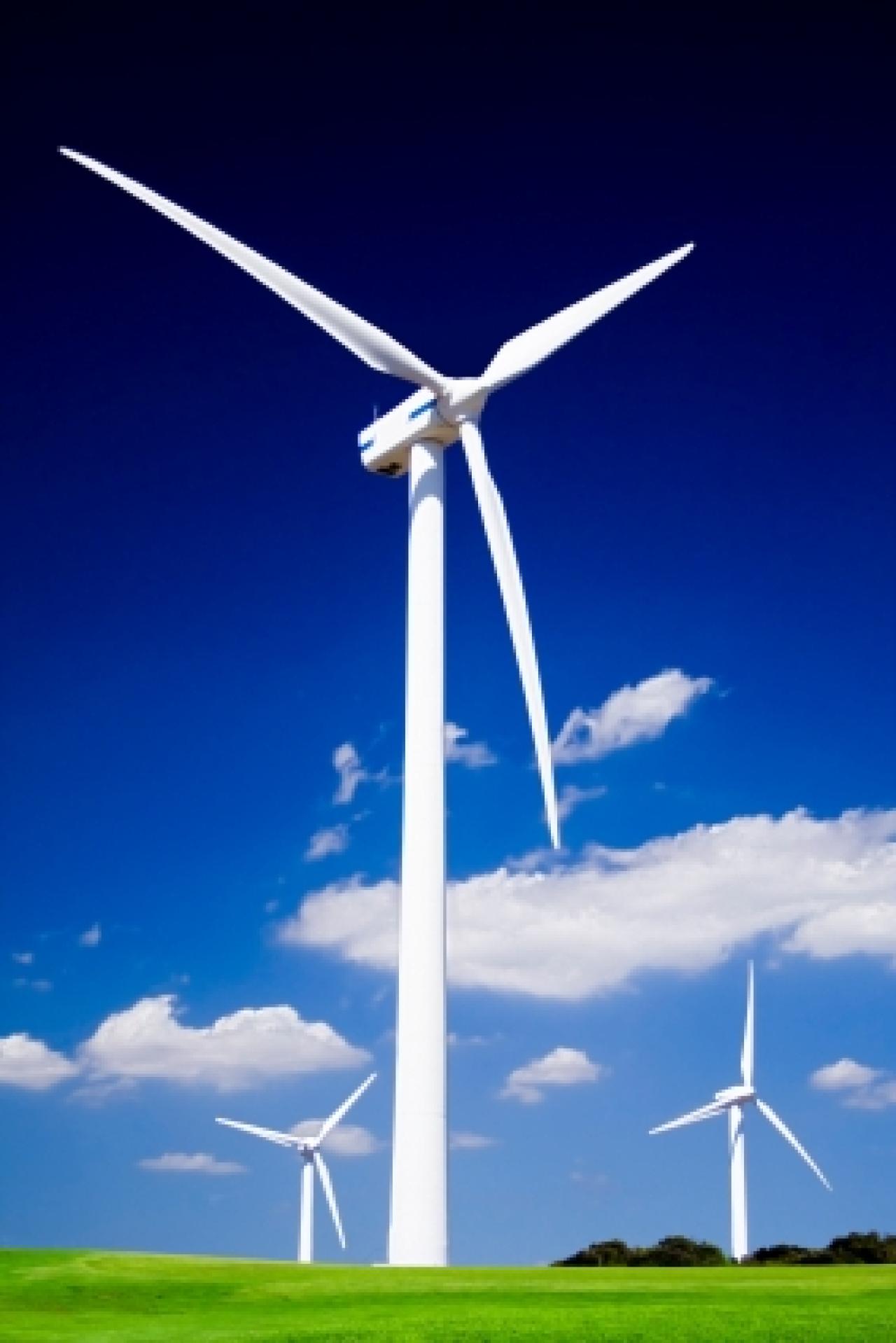
For Gamesa Corporacion Tecnologica SA, Spain’s largest wind turbine manufacturer, and developer of wind farms, climate change, volatile oil prices and nuclear energy safety concerns ought to bode well for its cause.
On the face of it, yes. Annual installed capacity or production capacity has increased nearly ten-fold during the last ten years. But a lagged beating from the financial crisis in 2010, pricing pressures and stiff competition from Chinese turbine manufacturers has the Pamplona-based Gamesa firing on multiple fronts.
In response, the company is growing its research and development capabilities with both onshore and offshore technologies while vigorously expanding into developing and emerging markets. It has also launched a € 50 million corporate venture capital fund to invest in new renewable technologies.
“We can already see a new generation of machines with lower cost of energy,” said Jose Antonio Malumbres, Gamesa’s chief technology officer, in an interview with INSEAD Knowledge, who expects new technology breakthroughs to focus on energy efficiency, easing manufacturing logistics and reducing assembly costs, and increasing the availability of turbines. Among the company’s latest innovations are a 4.5 MW turbine and another specifically designed for low-wind locations. The company is growing its R&D workforce by a third and plans to launch 10 new research centres by the end of the year.
Slowdown in Europe
But the ravages of the financial crisis took its toll on the industry in 2010 with global annual capacity additions decreasing for the first time in nearly two decades. For Europe, wind power’s longtime proponent, new installed capacity was down 7.5 percent in 2010 from the year before.
“The financial restrictions…in European markets [are] not directly affecting the demand,” clarifies Malumbres. “What is affecting us is the lack of financial capabilities in the markets [where] the reduction in the amount of money being borrowed...is reducing the demand for the installation of new capacity.” Furthermore, the crisis is slowing down the use of energy so it has become a two-fold problem for Gamesa and other turbine manufacturers, he adds.
China: opportunity or threat?
2010 marked the first year when more new wind power capacity was installed in developing and emerging economies, according to a report by the Global Wind Energy Council, driven by the familiar story of a boom in China. Energy needs notwithstanding, the strong political will of China’s government to boost renewable energy has created significant inroads for foreign players such as Gamesa which entered the market in 2006 and is the largest contributor to the company’s sales today.
But the last five years has witnessed a surge of domestic manufacturers propelled by favorable government policies. Reports estimate their share in China’s wind turbine market at more than 85 percent as they also grow exports and expand their global footprint. Two Chinese companies, Sinovel Wind Group and Goldwind, are among the world’s largest turbine manufacturers.
“The market in China has been driven only by price,” says Malumbres. “If this is the case, we have hard competition.” But, “we are seeing a shift toward quality and are expecting in the coming years, for competition in China to be a combination of price and quality.”
Can Gamesa stay the course?
“As far as European manufacturers go, Gamesa’s technology offers comparable operational efficiences,” observes Khilna Dodhia, CEO of Kenergy Renewables and an INSEAD alumna. But, “competition has increased with the entry of the Chinese manufacturers to the global market,” she adds. “The quality of Chinese-manufactured turbines is improving rapidly and in a market where product platforms generally evolve every five years, innovation is critical to Gamesa’s future success.”
Also concerning for Gamesa is the reliability of local suppliers that have earned a reputation for acquiring and improvising Western technologies in order to develop their own and aided by friendly government incentives.
“It takes a lot of time to develop the supply chain to the quality of standards we require,” says Malumbres, “but once you get there they are very reliable suppliers,” he insists. “The key issue is spending a lot of time working together with the suppliers.”
Gamesa is taking a similar approach with setting up and training local suppliers in countries like India and Brazil that are amped for scaling. A second area of opportunity has gained momentum in “repowering” or upgrading wind turbines more than a decade old.
The outlook for offshore technologies
Despite the slowdown, some European governments are still exploring offshore wind technology opportunities and 2010 did witness an uptick in countries such as the UK, Denmark and Belgium. “The right technology is being developed right now and all of this will be available by 2014/2015 so it’s not going to be an issue of technology,” says Malumbres. “It’s probably going to be an issue of the enormous amount of financial needs in order to ramp it up.”
But Dodhia cautions, “Gamesa has yet to install turbines offshore and as a result lags behind other large manufacturers.” However the company’s market expansion strategies—US, China and emerging markets for onshore, and, Europe, US and China for offshore—are the right moves to generate revenue growth,” she adds.
More recently, the company launched a €50 million corporate venture capital fund to invest in new renewable technologies, as part of a technological diversification strategy. “By firing on several fronts, Gamesa is hedging its risks for the future,” says Dodhia, “however there is also the danger that it diversifies too much away from its core competencies.”
Despite last year’s hiccup in annual installations, cumulative wind power capacity is on the rise and increased by 22.5 percent last year. A rebound is expected—large manufacturers report an intake of orders in 2010 that will see fruition in the coming years—but this is expected to be at varying levels across global markets. Public financing and the political will of governments are becoming stronger drivers for the sector and it remains to be seen how companies like Gamesa will fare amid the growing competition and cost pressures.
-
View Comments
-
Leave a Comment

No comments yet.